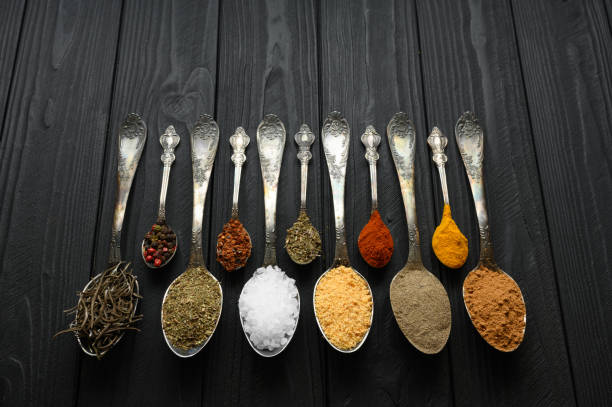
.png)
What Are The Essential Considerations For Growing Marijuana?
Growing your own medical cannabis can be one of the most rewarding parts of managing your health naturally. Once seen as controversial, marijuana is now recognized across Canada as a valuable therapeutic option—and under Health Canada’s ACMPR framework, patients can apply for a Personal Grow Licence to legally cultivate cannabis for medical use. Whether you’re managing chronic pain, anxiety, or PTSD, or you’re a veteran seeking alternative relief, growing your own cannabis gives you control over quality, strain selection, and cost.
When it comes to cultivation, think of cannabis like any other plant—it thrives when given the right environment. It all begins with soil. Healthy roots need a rich, clean growing medium packed with nutrients and good drainage. Many experienced Canadian growers use organic or living soil blends that balance nitrogen, phosphorus, and potassium naturally. These nutrients fuel the different stages of your marijuana plant’s life cycle—from seedling to flowering. If you’re growing indoors, 11–20 litre pots are a good starting size, depending on your strain and space.
Lighting is the heartbeat of any indoor grow. Cannabis plants need light that mimics the full spectrum of the sun. Full-spectrum LED lights are now preferred over older HPS systems because they run cooler, use less power, and produce strong yields. As a general rule, one light should cover about a one-square-metre area, with consistent 18-hour light cycles during vegetative growth and 12 hours on/12 off during flowering. Too much heat can stress your plants, so keep the grow space around 24–26°C during the day and a few degrees cooler at night.
Ventilation is just as important as light. Fresh air keeps carbon dioxide circulating and prevents mould and mildew. A small oscillating fan ensures your plants grow strong stems while helping regulate humidity. Add a carbon filter to manage odours—especially in small apartments or shared homes.
Water quality also makes a difference. Cannabis prefers slightly acidic water (around pH 6–6.5). Overwatering is one of the most common mistakes new growers make—let the top inch of soil dry before watering again. If you’re using tap water, consider letting it sit for 24 hours to let chlorine evaporate.
As your plants grow, you’ll notice how responsive they are to care. The leaves can tell you everything—drooping might mean too much water, yellowing can signal nutrient deficiency, and curling may indicate heat stress. Learning to read your plants is part of the growing journey. Many patients find this process calming and therapeutic, almost like meditation.
For long-term cultivation, setting up a small grow tent helps control your microclimate—temperature, humidity, and airflow stay balanced, which reduces the risk of pests and disease. It also provides privacy and efficiency, especially for those in apartments or smaller homes.
Veterans and patients authorized under a Medical Cannabis Grow Licence can grow a number of plants based on their prescribed daily dosage. Since our early days, GrowLegally has proudly supported Canadian veterans at no cost when registering with a licensed producer or applying for a grow licence. Cannabis patient educators and trained marijuana doctors can guide you through each step—from getting your medical document to understanding plant limits and cultivation best practices.
At GrowLegally, our medical cannabis clinic in Toronto and nationwide support team help patients across Ontario and Canada secure medical cannabis grow licences and understand how to get a medical marijuana card in Ontario. If you’re ready to grow your own medicine safely and legally under Health Canada’s program, contact GrowLegally today to start your journey with confidence.
Previous Post
Next Post

Storing Medical Cannabis – Learn how to properly store your cannabis and keep its potency strong.
Go To Post
Before Acquiring Medical Marijuana, Here Are 2 Questions That Your Doctor Is Likely To Ask You (Plus a Bonus One!)
Go To Post

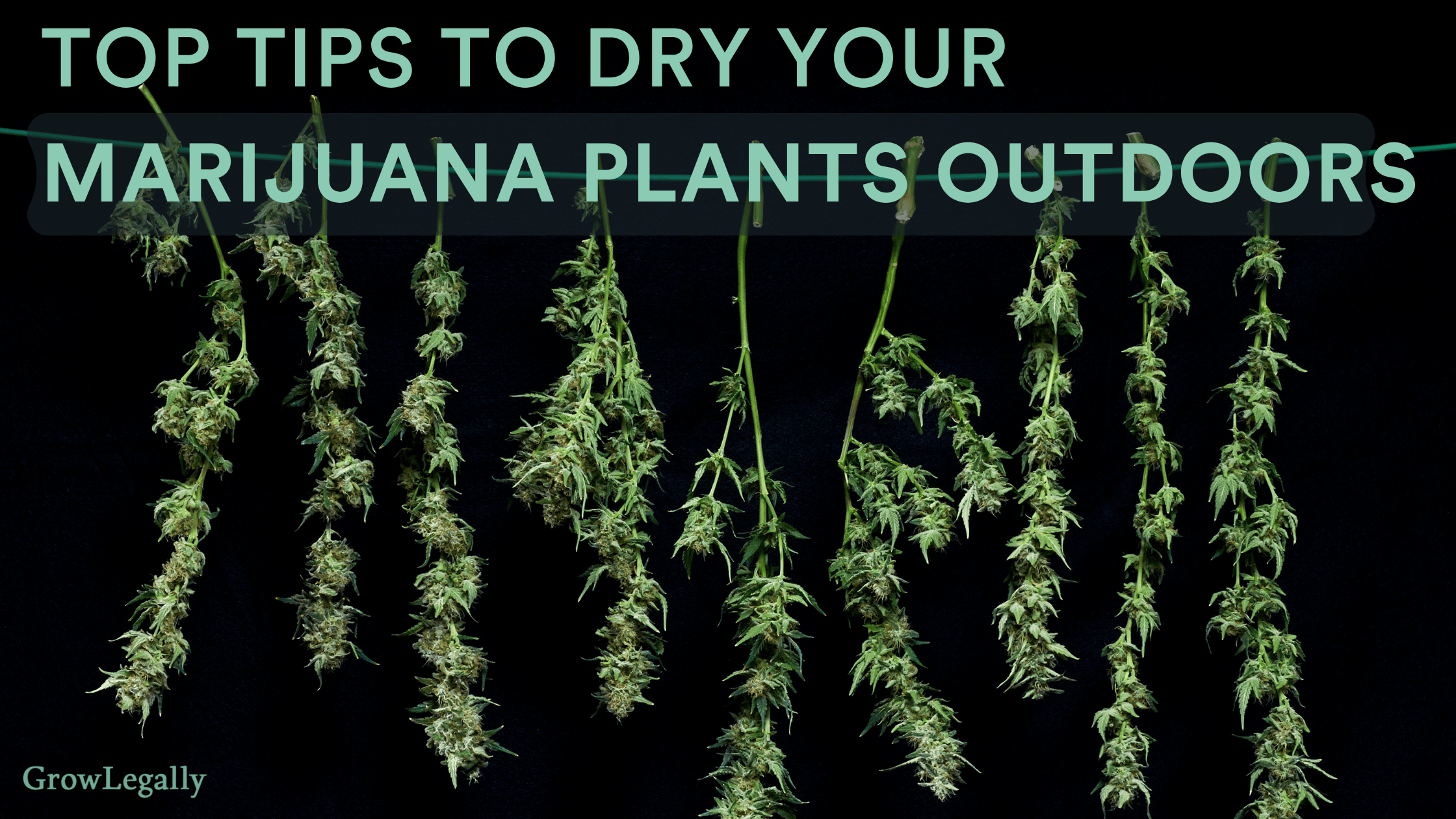
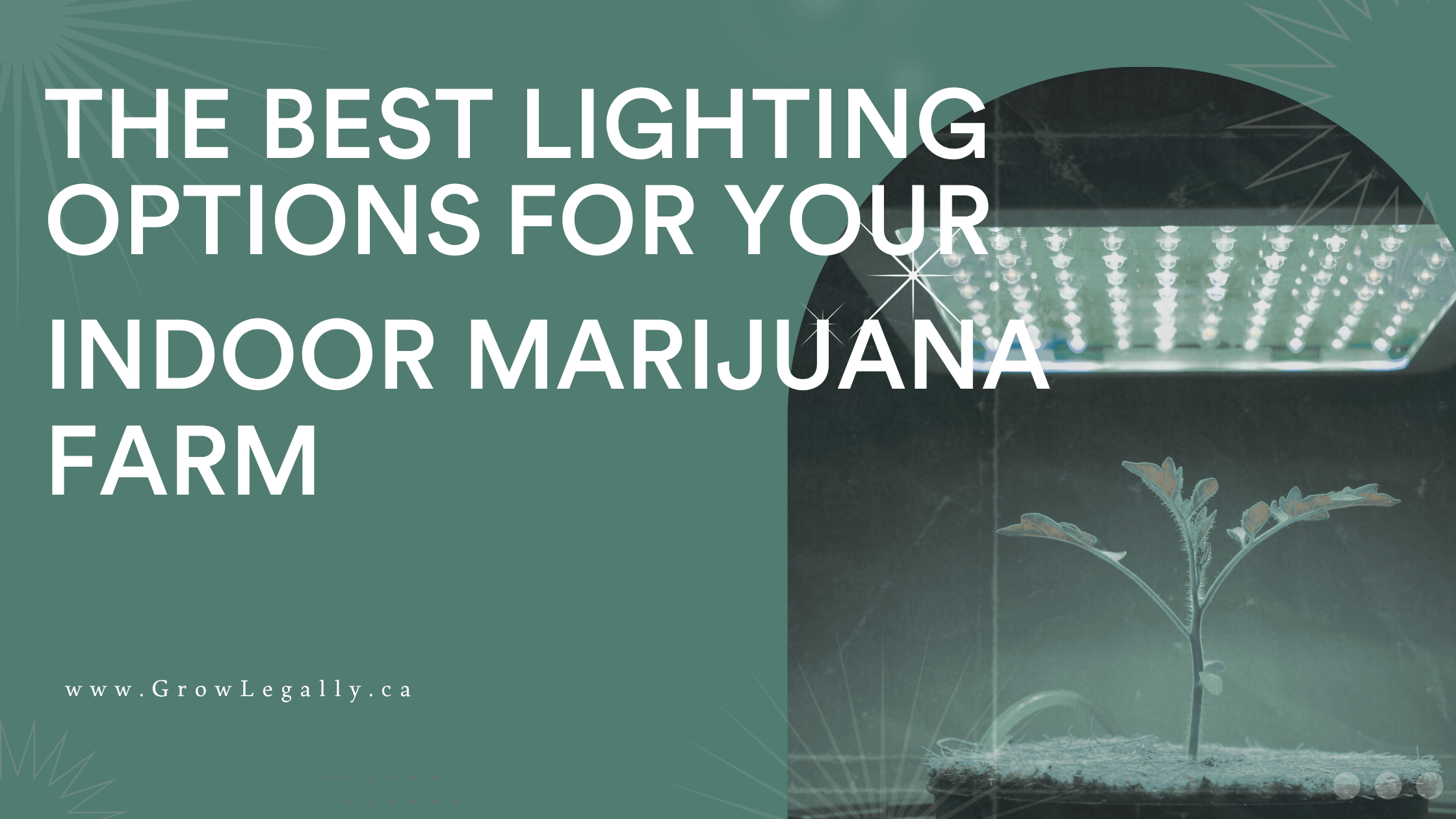
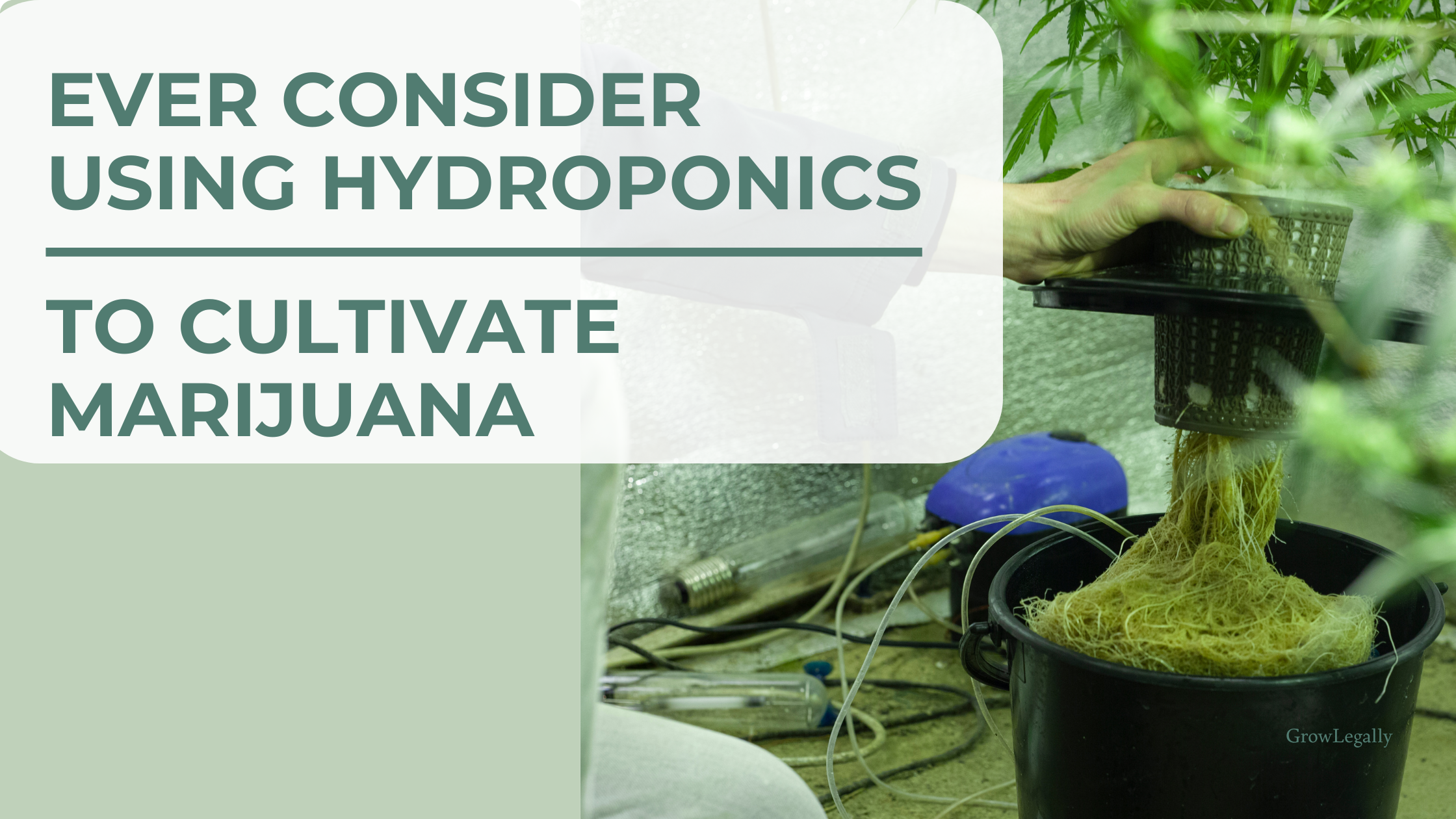
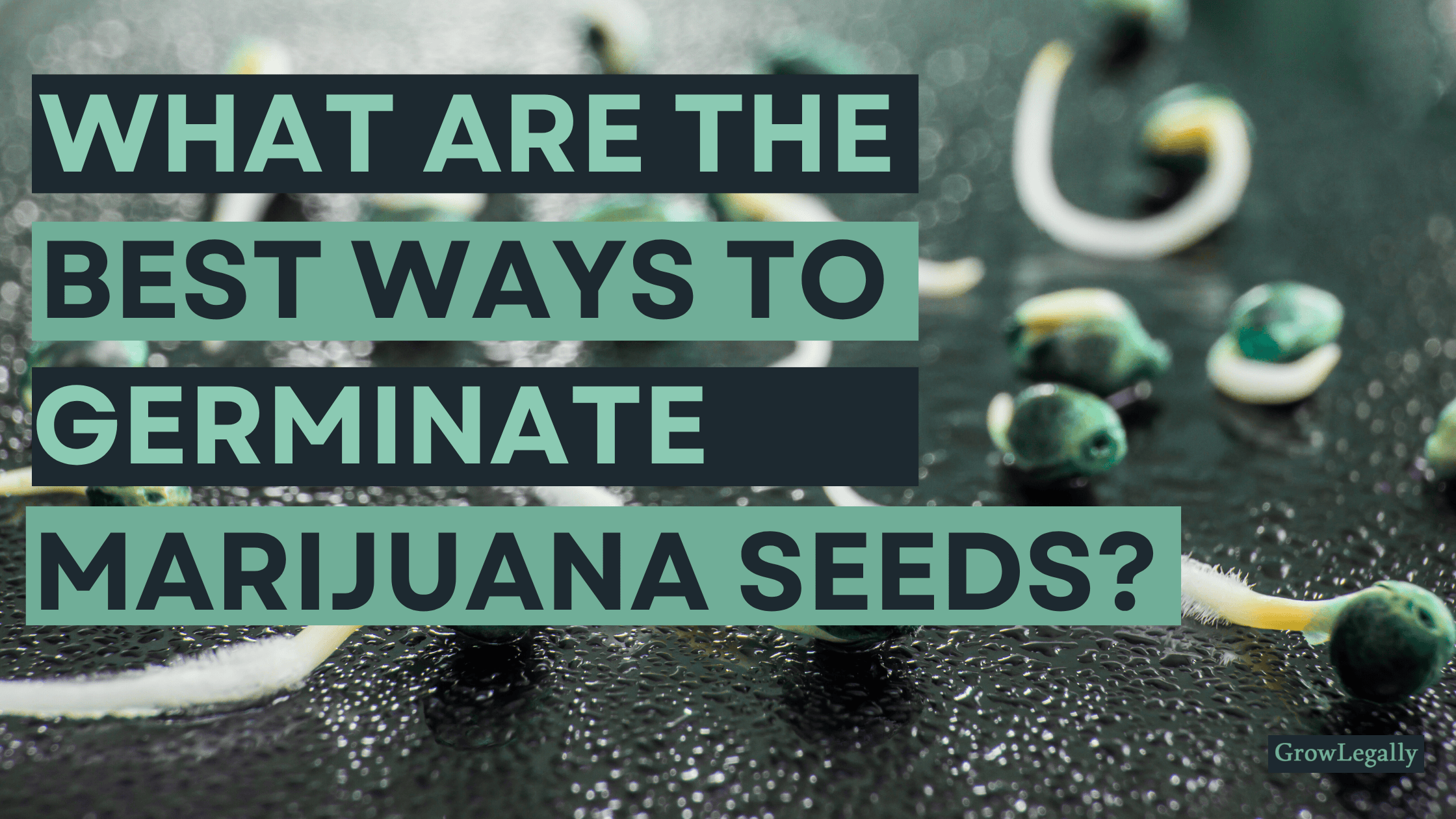



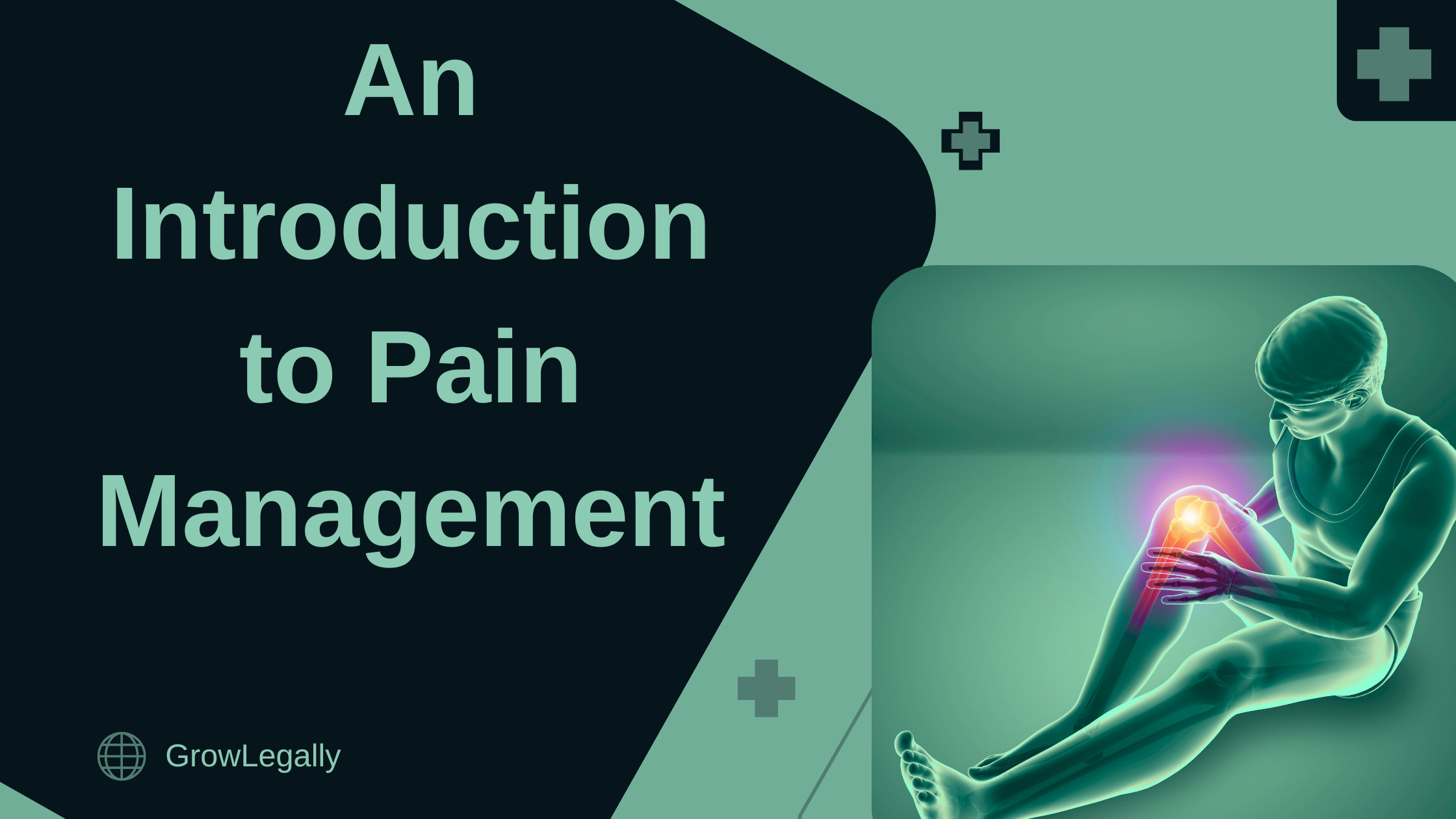

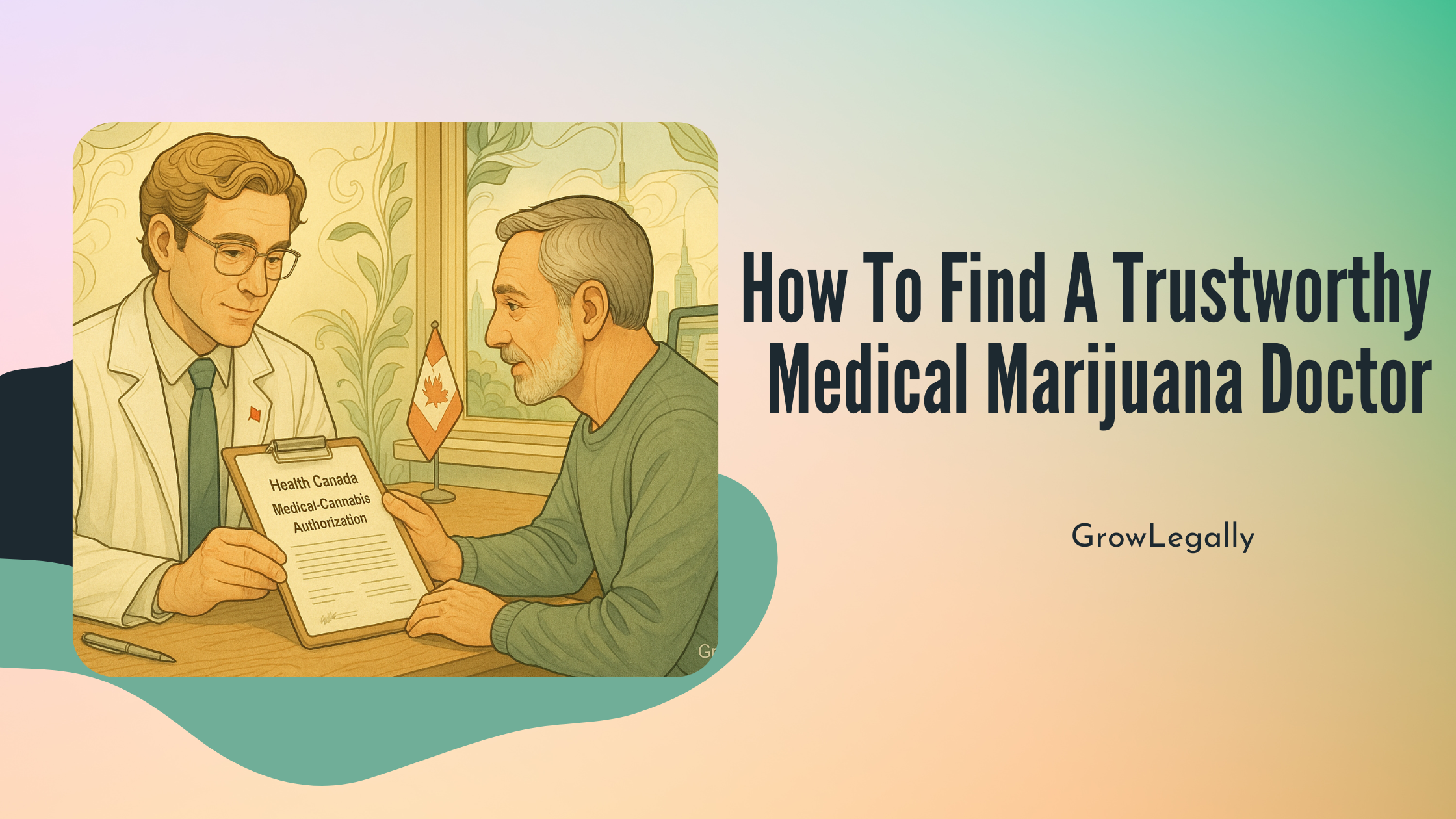
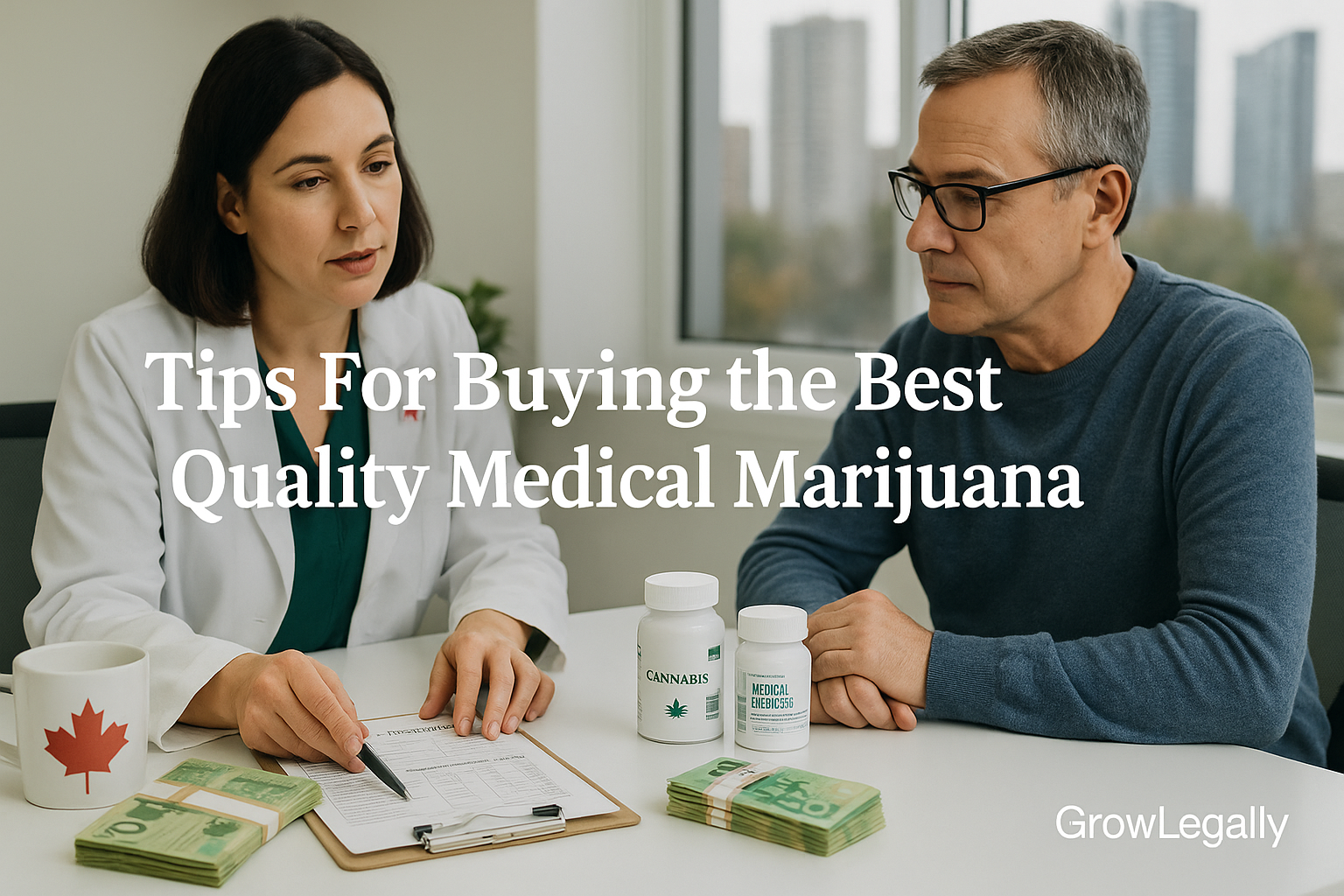
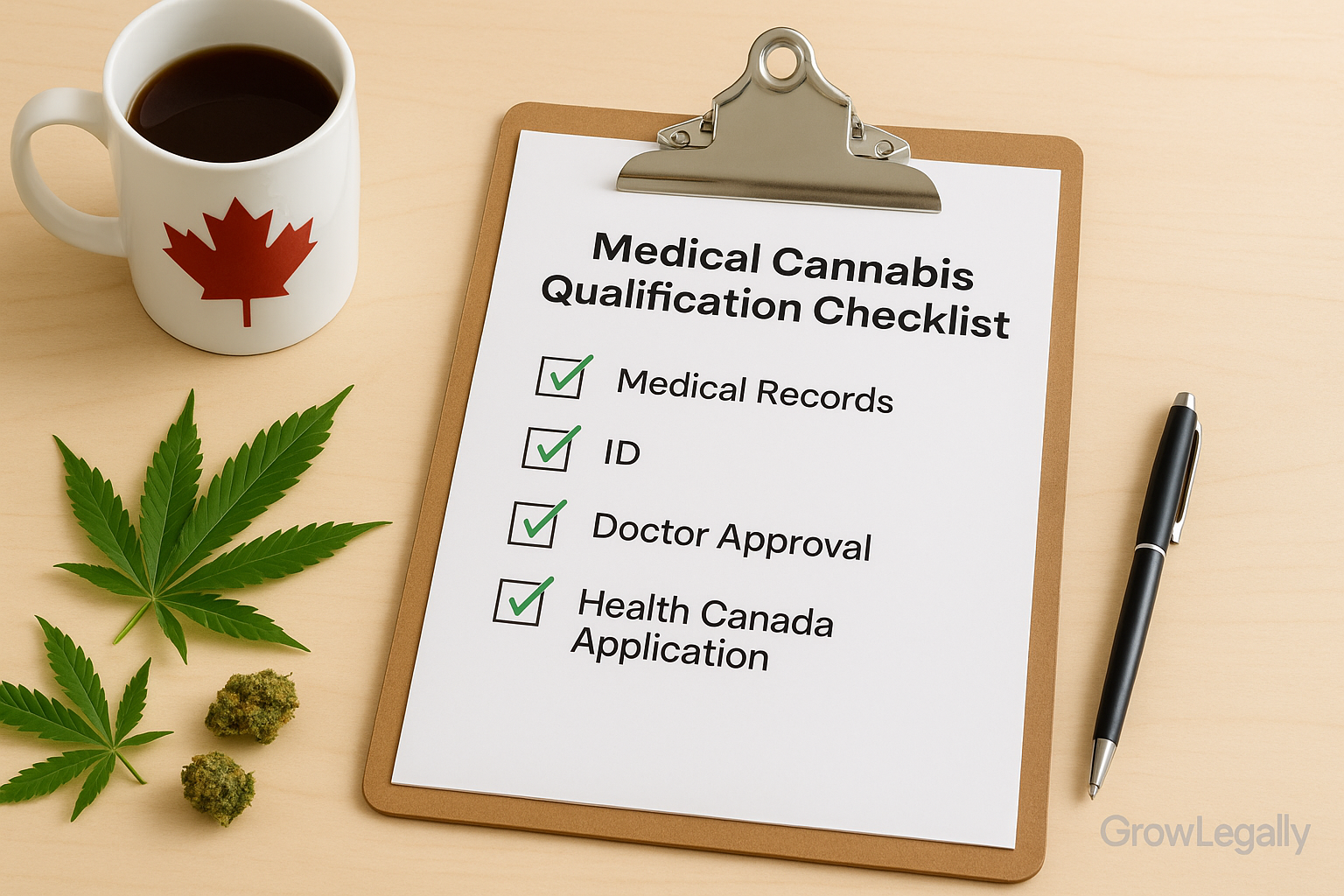
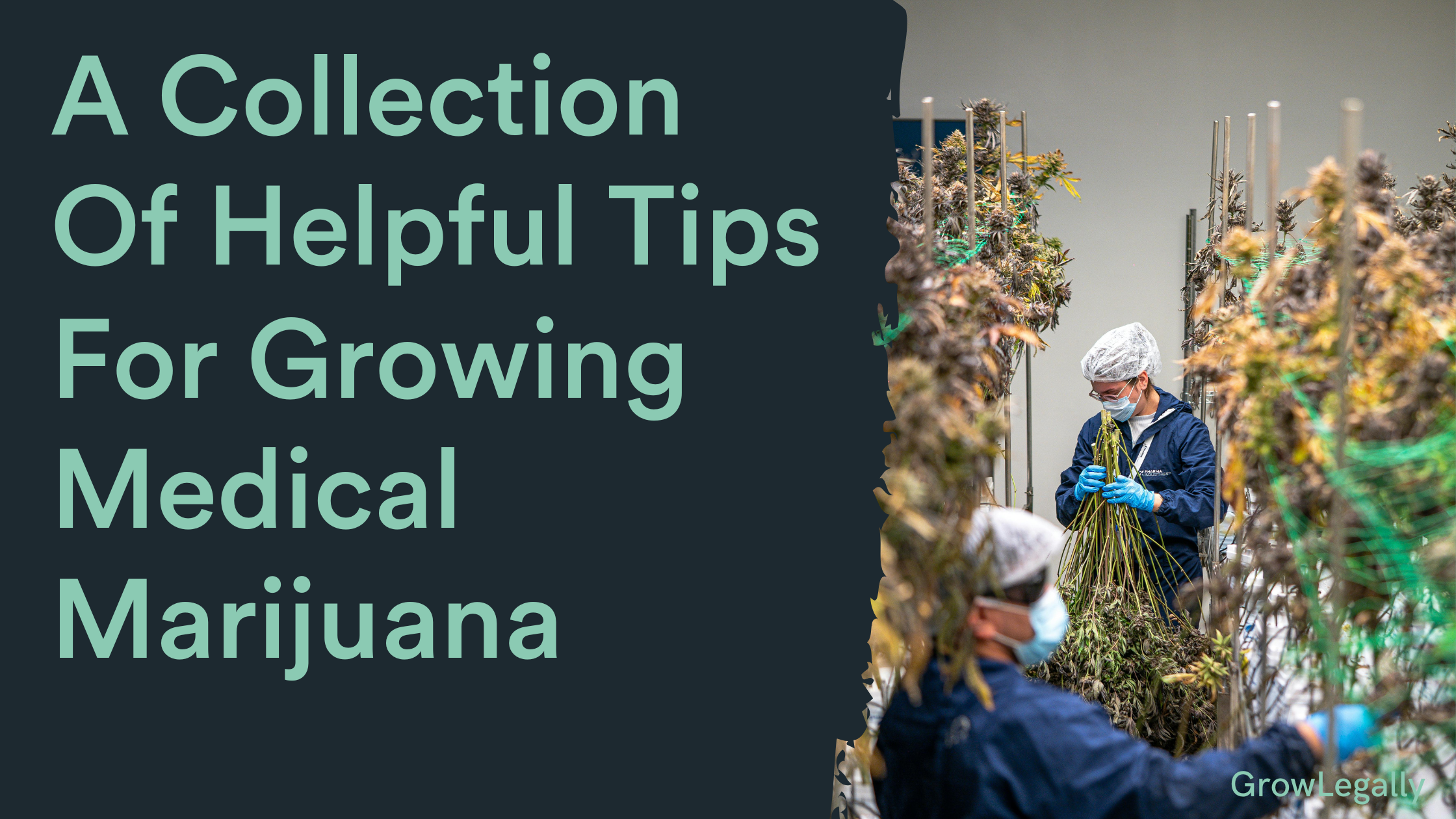
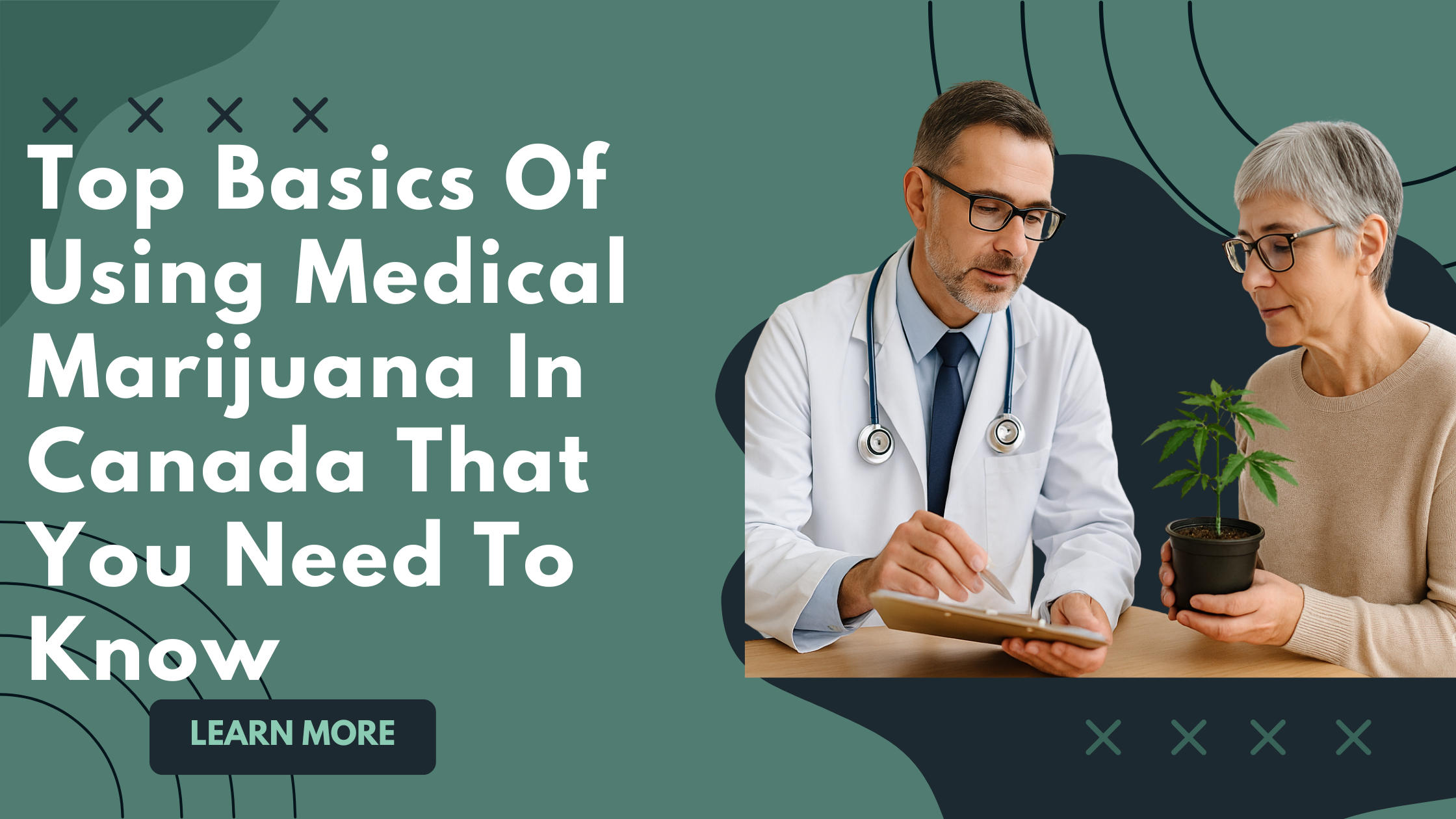
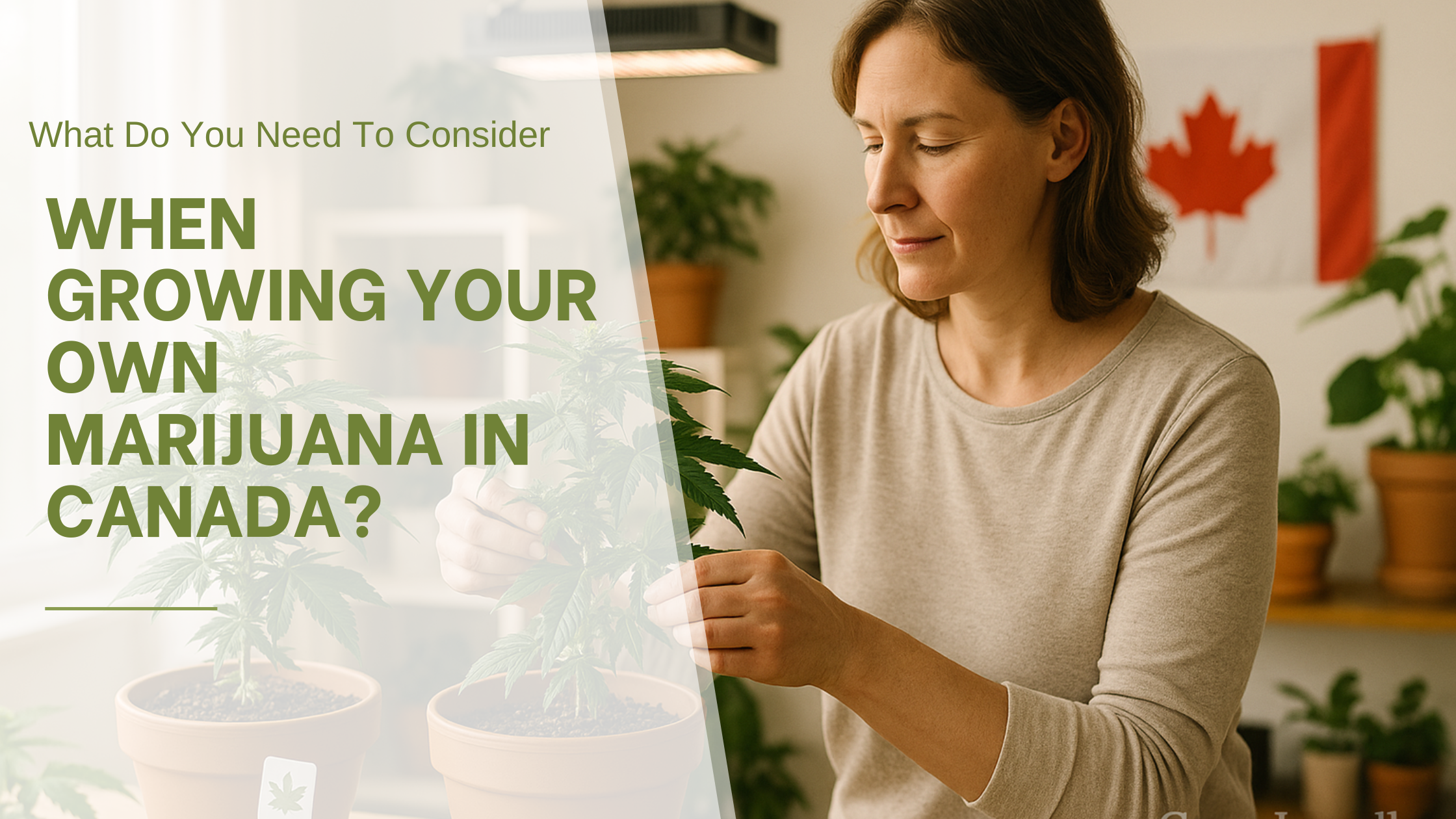


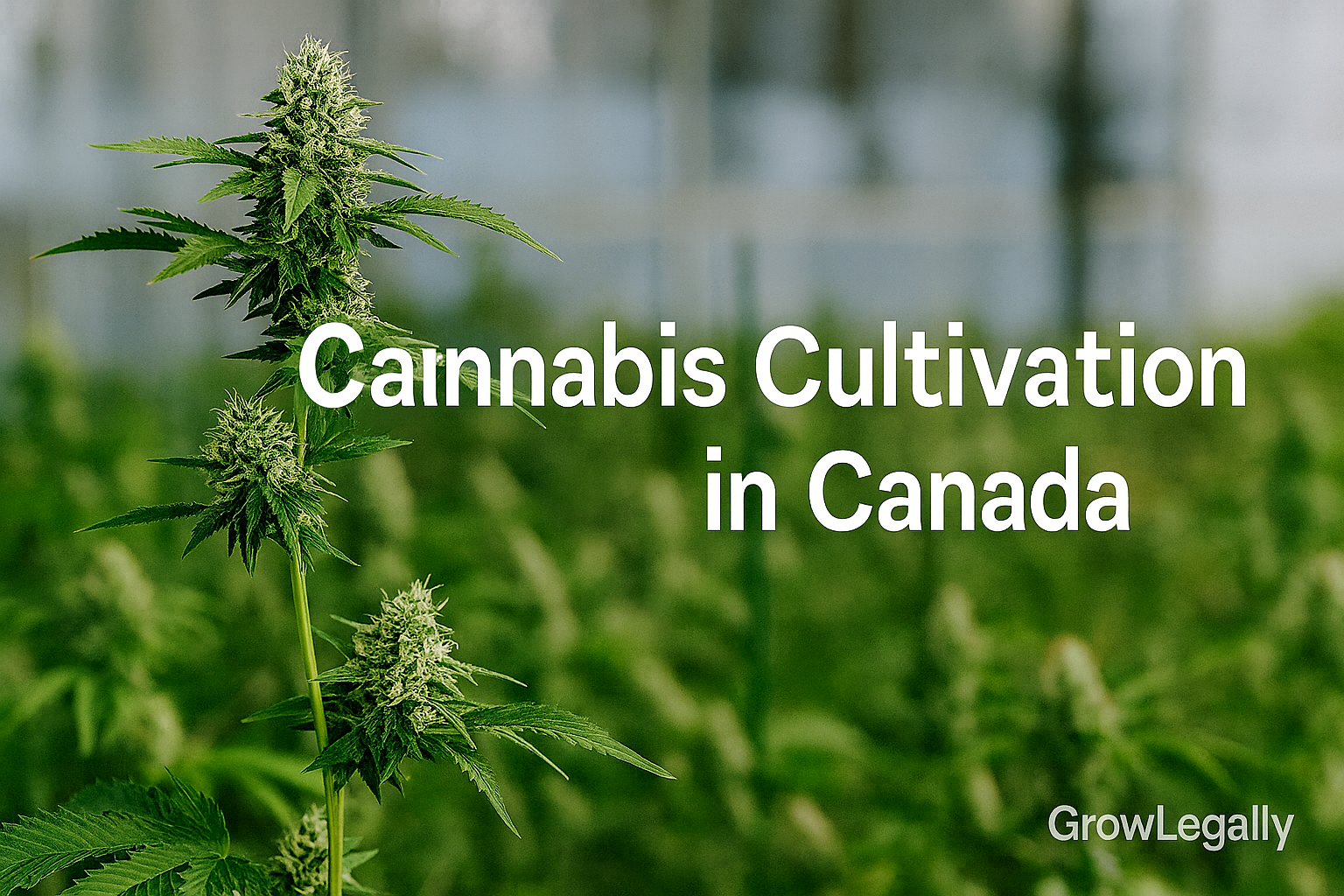
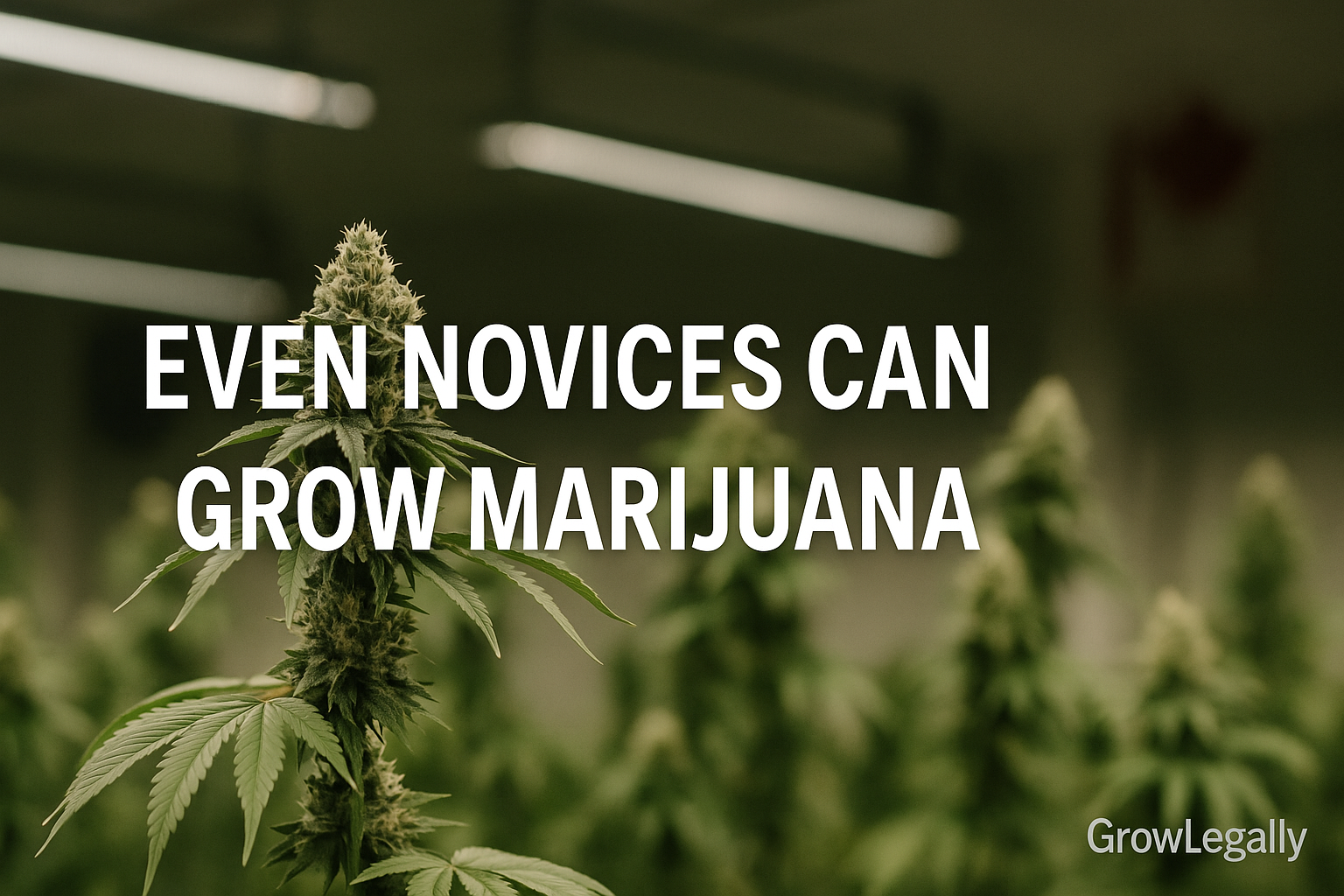




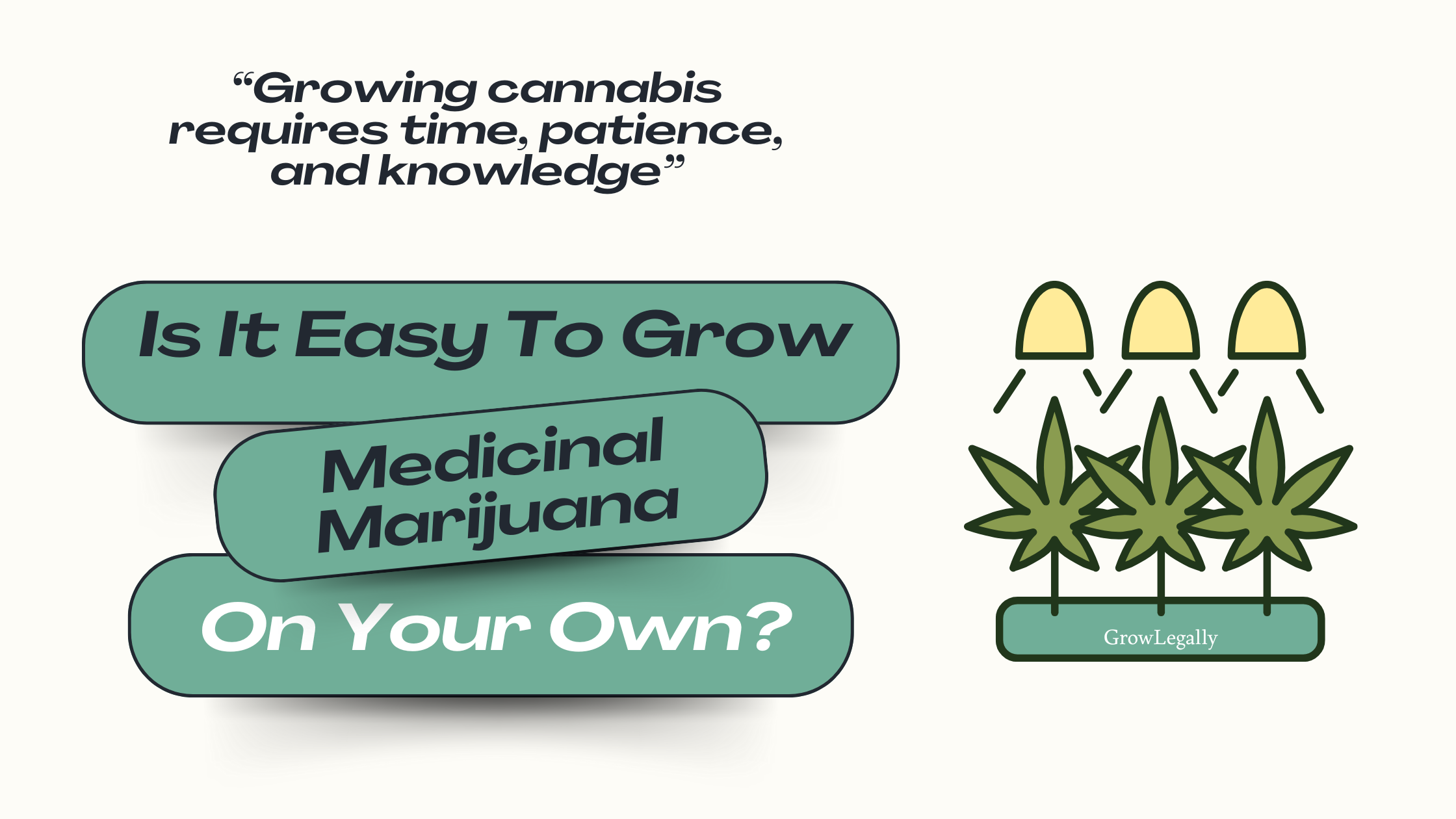






















.png)

















































.png)
















